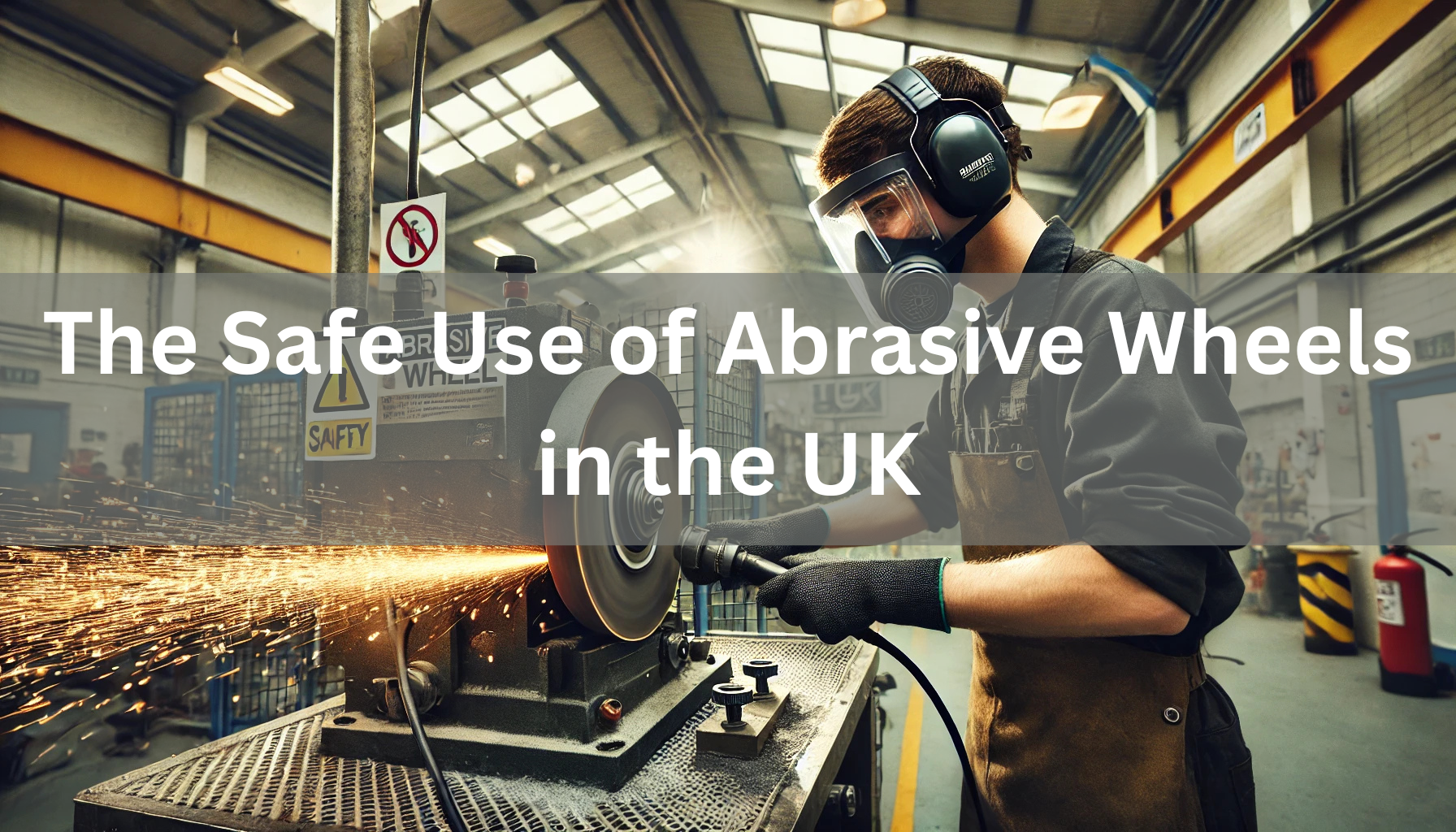Introduction
Abrasive wheels are widely used in a range of industries across the UK, from construction to metalworking. Whether grinding, cutting, or finishing materials like metal, stone, or concrete, abrasive wheels are invaluable tools. However, they pose significant risks when not used correctly, making safety procedures vital for the wellbeing of workers and the efficiency of operations.
In this post, we will explore the regulations governing the use of abrasive wheels, the common risks associated with them, and best practices to ensure safe operation.
Understanding UK Regulations
The UK has stringent regulations on the use of abrasive wheels under the Provision and Use of Work Equipment Regulations 1998 (PUWER). PUWER requires employers to ensure that all work equipment, including abrasive wheels, is suitable for the task, maintained properly, and operated by competent workers.
Key points of PUWER concerning abrasive wheels include:
- Ensuring workers are trained in the safe mounting and handling of abrasive wheels.
- Inspecting wheels regularly to check for damage or wear.
- Using guards and safety mechanisms on cutting and grinding machines.
Risks Associated with Abrasive Wheels
The use of abrasive wheels comes with several risks, including:
- Wheel Breakage: A major hazard occurs when a wheel shatters during operation, potentially causing serious injury.
- Contact with the Wheel: Direct contact with the spinning wheel can lead to cuts, lacerations, or even amputations.
- Ejected Particles: Fragments of the material being worked on or the wheel itself can be ejected at high speeds, posing risks to the operator’s eyes or face.
- Dust and Noise Exposure: The dust generated can cause respiratory issues, while noise levels from machinery may result in hearing damage over time.
Best Practices for Safe Operation
To minimise these risks, employers and workers should adhere to the following safety guidelines:
- Training: Ensure all employees using abrasive wheels have been trained and are certified in their safe use.
- Personal Protective Equipment (PPE): Operators should wear proper PPE, including eye protection, gloves, hearing protection, and respiratory masks.
- Inspection: Regularly inspect abrasive wheels before use to detect signs of wear or damage.
- Correct Wheel Selection: Use the correct type of wheel for the material being worked on, and ensure it is mounted and balanced properly.
- Work Area Safety: Ensure the working area is clean and free from hazards that might interfere with the operation of the machinery.
Conclusion
The safe use of abrasive wheels is essential in protecting workers and ensuring compliance with UK health and safety regulations. Proper training, equipment maintenance, and adherence to safety protocols can significantly reduce the risks associated with abrasive wheel operations. As with any potentially hazardous equipment, awareness and vigilance are key to preventing accidents and ensuring a safe working environment.

